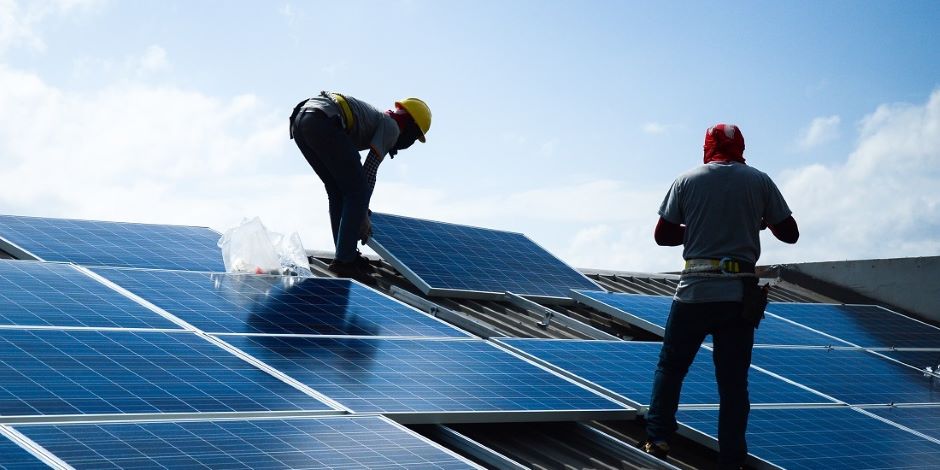
The team claims that if it is placed on top of a traditional silicon-based solar cell, it could potentially double the efficiency of today’s Si solar cells at low cost.
“We have a new method of using gallium arsenide [GaAs] material in a very effective way through nanostructuring, so we can make solar cells much more efficient using only a tiny fraction of the material that is normally used,” said Anjan Mukherjee, a PhD candidate at the Department of Electronic Systems and main developer of the technique.
GaAs is used to make high-efficiency solar cells because of its exceptional light absorption and electrical characteristics. It is commonly used to make solar panels for use in space. High-quality GaAs solar cell components are, however, quite expensive to fabricate, which has driven a demand for techniques that can reduce the use of the material.
Researchers have realised that a nanowire structure can potentially enhance solar cell efficiency compared to standard planar solar cells, even as less material is used.
“Our research group has found a new way to make an ultrahigh power-per-weight ratio solar cell that is more than 10 times more efficient than any other solar cell, by using GaAs in a nanowire structure,” said Helge Weman, a professor at the Department of Electronic Systems at NTNU.
The group’s research has been published in ACS Photonics.
“Our method uses a vertically standing semiconductor nanowire array structure on a cheap and industry-favourable Si platform to grow the nanowires,” Weman said in a statement. “The most cost-effective and efficient solution is to grow a dual tandem cell, with a GaAs nanowire cell on the top grown on a bottom Si cell, which avoids the use of an expensive GaAs substrate. We have worked to minimise the cost of growing the top GaAs nanowire cell, because it’s the GaAs fabrication cost that is one of the major issues that is currently holding back the technology.”
“The tiny footprint of the nanowire structure provides an additional benefit, because it allows for high quality in crystals in the nanowire and in the interface with the silicon. This helps improve the solar cell performance,” said Bjorn-Ove Fimland, a professor at NTNU’s Department of Electronic Systems.
According to NTNU, the development of this technology could be straightforward and cost-effective with appropriate investments and industrial-scale R&D projects.
“We grow the nanowires using a method called MBE [molecular beam epitaxy], which is not a tool that can produce materials at a high volume. However, it’s possible to produce these nanowire-based solar cells at a large scale by using an industrial-scale tool such as MOCVD [metal organic vapour deposition],” Mukherjee said.
Integrating this product on top of a Si cell could potentially improve solar cell efficiency to as much as 40 per cent, the team said, which would mean a doubling of efficiency compared to today’s commercial Si solar cells.
The researchers said their approach could be adapted so that the nanowires are grown on different substrates, which could lead to many other applications.
“We are exploring growing this type of light-weight nanowire structure on atomically thin two-dimensional substrates such as graphene. This could open up enormous opportunities to produce light-weight and flexible solar cells that can be used in self-powered drones, micro-satellites and other space applications,” Mukherjee said.




AI-generated medical responses need monitoring, study finds
This would negate most of the benefit of using AI in the first place, rather like the Locomotive Act 1865 that required any self-propelled road...